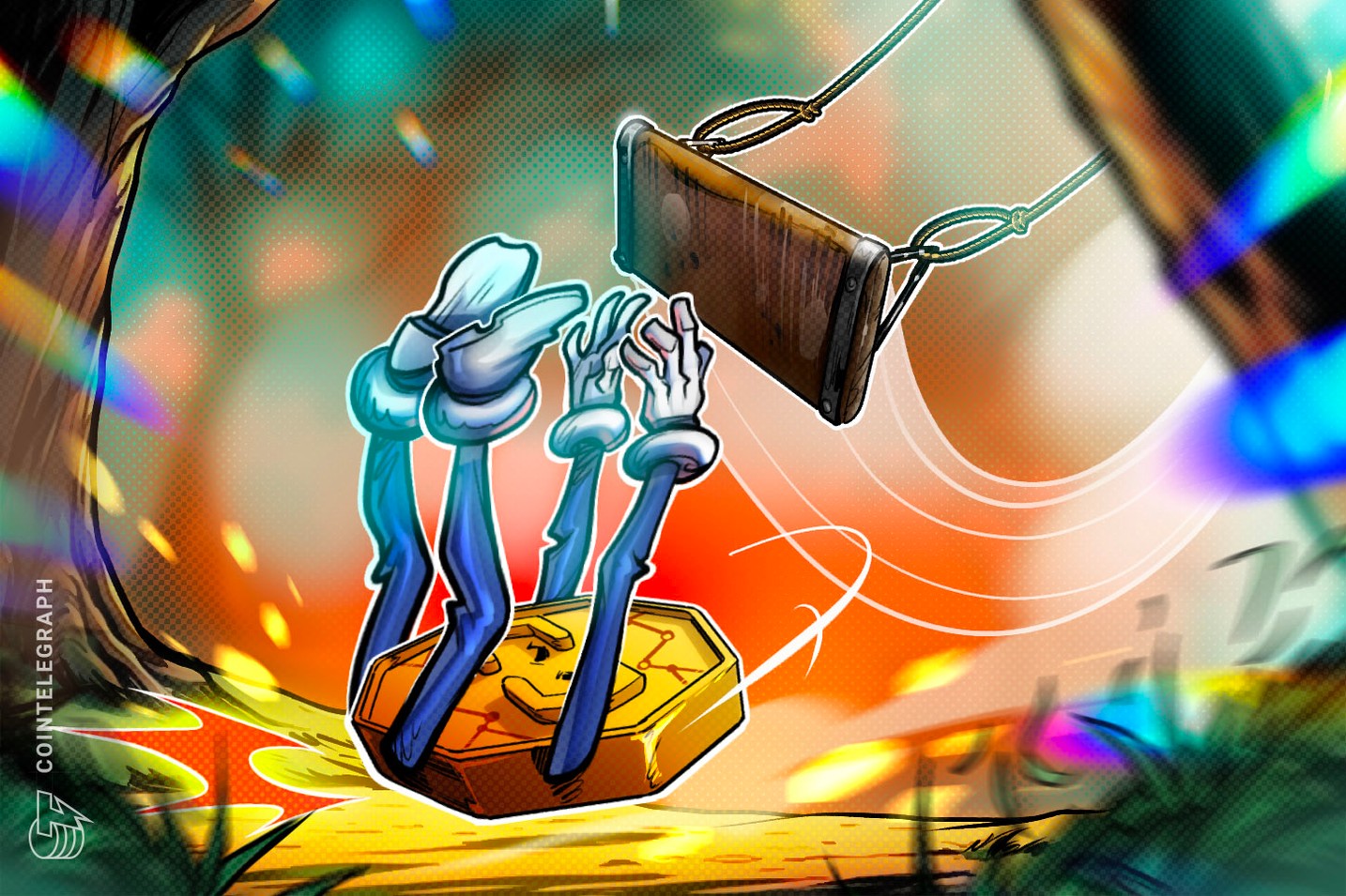The recent crash on Oct. 10 was the largest liquidation event in the crypto market’s history. More than $19 B was liquidated, according to CoinGlass data, leading to a $65 B decline in open interest. This number dwarfs other memorable liquidation cascades such as the COVID-19 crash with $1.2 B, or even the FTX collapse at $1.6 B in liquidations.
In the aftermath, consensus among investigators emerged that the event was at least partially caused by vulnerable pricing oracles on the Binance exchange. The collateral value of three pegged crypto tokens, namely USDE, bnSOL and wBETH, was determined from Binance’s internal orderbook data instead of an external oracle. This puts users of the “Unified Accounts” feature at risk of liquidation during market irregularities.
It is possible that this vulnerability was exploited in a coordinated attack on Oct. 10, but the evidence remains inconclusive. USDE, in particular, contributed to cascading liquidations with an approximate volume of $346 M, compared to wBETH with $169 M and bnSOL with $77 M. The mass withdrawal of buy-side liquidity on a stablecoin pair should be considered especially suspicious.
Using exclusively obtained, granular data from our partners at the AI-driven market analytics firm Rena Labs, Cointelegraph Research dissects the unusual activity on the USDE/USDT trading pair in this article.
A Mass Liquidity Meltdown
Rena’s anomaly detection engine recorded one of the sharpest and most complex market dislocations ever seen in stablecoin trading. This is surprising given there were no concerns about the soundness of USDE’s collateral, unlike in the previous UST and USDC depegs. Mints and redemptions of USDE continued to operate as usual. Nonetheless, professional market makers withdrew liquidity from the pair on a massive scale. Some of this can be attributed to automated risk-scoring systems, which initiated defensive quote withdrawals to limit exposure.
Before the collapse, the average total liquidity for USDE was at $89 M with a balanced structure of buy and sell orders. Between 21:40 and 21:55 UTC, the liquidity of the pair on Binance collapsed by nearly 74%, falling to roughly $23 M. By around 21:54, market depth had almost completely disappeared. Total liquidity dropped to a mere $2 M and market-making activity effectively vanished. As a side-effect, bid-ask spreads blew up to 22%.
The market lost its structural integrity in the crash. Trading volume surged by a factor of 896 as the ask-side depth collapsed by 99%. The imbalance pushed USDE’s price down to $0.68 on Binance’s spot market, while it remained near peg on other exchanges.
In the 10-minute crisis period, the trade intensity increased nearly 16 times compared to the normal rate of 108 trades per minute. It peaked at almost 3000 trades per minute, with 92% of them being sell orders. Many of the orders can be attributed to panic selling, stop-loss triggers and forced liquidations.
Evidence of anomalous market activity
However, abnormal activity was spotted by Rena’s anomaly engine well before the USDE liquidity crisis happened. At around 21:00 UTC, it reported 28 anomalies, a rate four times higher than in the previous hour. The anomalies recorded by this engine include unusual spikes in volume, prices, or trade intensity, and suspicious patterns, specifically bursts, clusters, and sequences of trades. It also involves fingerprinting activity which is characteristic of various forms of order spoofing.
Three distinct volleys of large orders right before the crisis can be found in the size profile of the order book. These orders were placed when BTC had already started to decline on major exchanges, but before USDE entered a liquidity crunch.
The event highlights the fragility and leverage still present in the crypto market, where cascading liquidations can wipe out what appear to be safe trades. Just like 99% drawdowns on some altcoins during the crash, the USDE depeg demonstrates that the market for many tokens has little organic demand to support it. In the absence of large market makers such as Wintermute, the orderbooks of many crypto assets have shown little resilience.
This article does not contain investment advice or recommendations. Every investment and trading move involves risk, and readers should conduct their own research when making a decision.
This article is for general information purposes and is not intended to be and should not be taken as legal or investment advice. The views, thoughts, and opinions expressed here are the author’s alone and do not necessarily reflect or represent the views and opinions of Cointelegraph.
Cointelegraph does not endorse the content of this article nor any product mentioned herein. Readers should do their own research before taking any action related to any product or company mentioned and carry full responsibility for their decisions.
